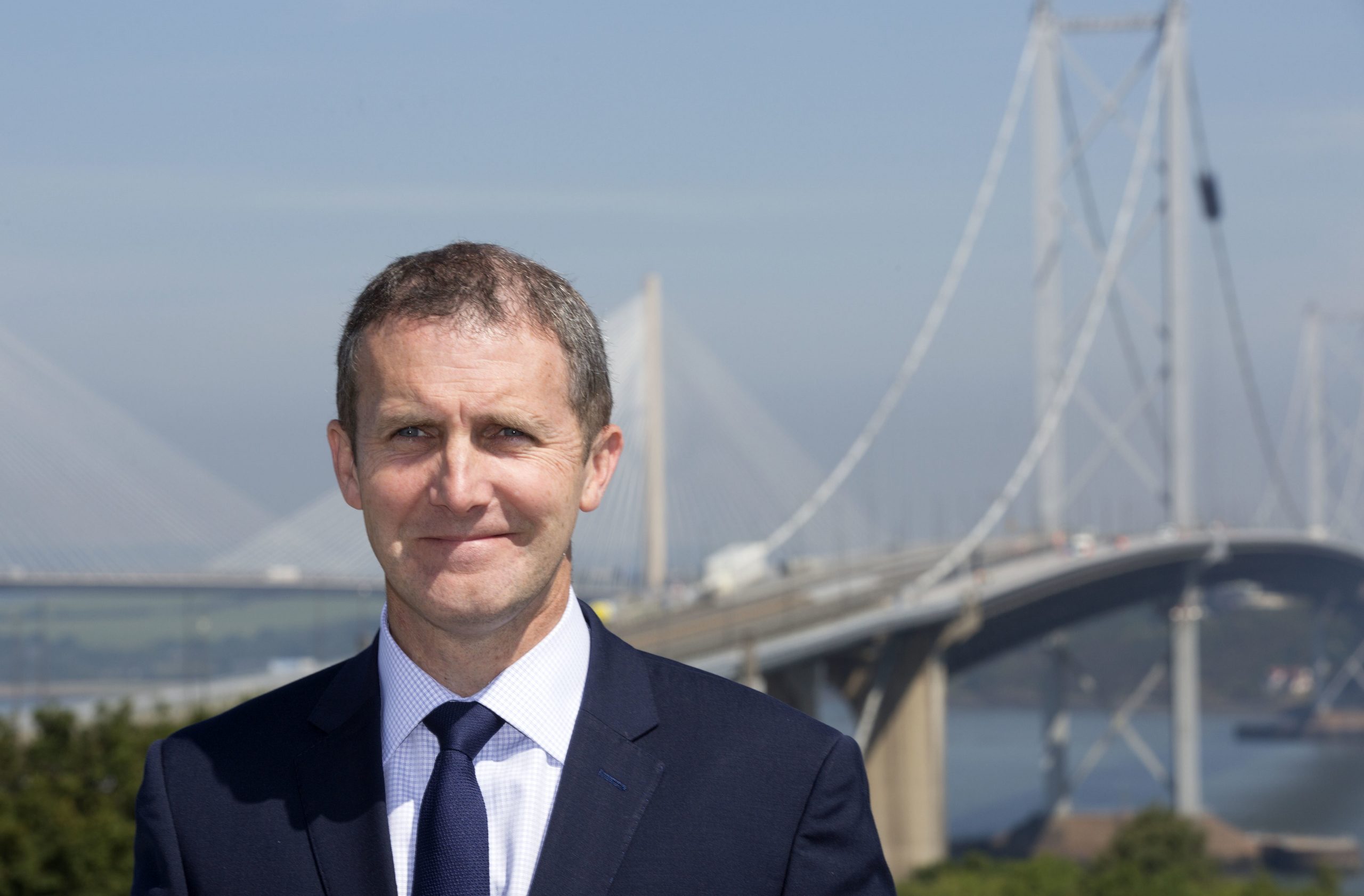Scotland's Road Safety Framework to 2030
The Road Safety Framework to 2030 sets out a compelling long-term vision for road safety, Vision Zero, where there are zero fatalities and injuries on Scotland’s roads by 2050.
This document may not be fully accessible.
Ministerial Foreward
I’m delighted to present to you a draft of Scotland’s Road Safety Framework to 2030, which sets out an ambitious and compelling long-term goal for road safety where no-one dies or is seriously injured by 2050.
This document, building on the strength of the 2020 Framework, advocates a vision for Scotland to have the best road safety performance in the world by 2030. To help achieve that vision, the framework sets out five strategic outcomes which describe the road safety environment it aims to deliver. These outcomes align with the five pillars of the Safe System: Safe Road Use; Safe Vehicles; Safe Speeds; Safe Roads and Roadsides; and Post-crash Response. It also introduces a comprehensive performance management system which will help us gain a much clearer understanding of the different issues influencing overall safety performance and monitors delivery of the framework more effectively. In addition, and in order to improve communications between national and local levels, the framework creates
a third tier in its governance structure – Local Partnership Forums.
The Road Safety Framework to 2020 brought forward a strong partnership approach to the delivery of many road safety strategies and initiatives, and has served us well. We could not have achieved this without the drive and determination of all our stakeholders working together to make a positive impact on road casualty reduction. We are going to build on that going forward to 2030 and beyond by adding road danger reduction. National statistics for road casualties reported to the police in Scotland in 2019 show the total number of casualties fell to 7,638, the lowest number since annual records began in 1950. In 2019, Scotland’s overall road death rate of 30 per million population was the eighth lowest of 41 countries surveyed in international comparisons. However, one death is one too many and there is more we can do, and will do, to realise our vision.

MSP Cabinet Secretary for Transport, Infrastructure and Connectivity
The Scottish Government and our partners are committed to making Scotland’s road travel safe for everyone. However, all road users have a part to play in the success of the framework by keeping the roads safe for themselves and others, hence the motto “Together, making Scotland’s roads safer”. Embedding the Safe System approach at a national, regional, local and even individual level will play a major part in achieving this. It will require political leadership, strategic clarity and decisive action, as well as ownership by all of us – elected officials, transport professionals and citizens. This framework uses the words “we” and “our” to reflect that it is not just a strategy for Scottish Ministers or safety partners. It is a framework for all road users to be free from road harm as much as they are free to travel; therefore, its vision, outcomes, challenges, strategic actions and targets belong to each and every one of us.
Collectively, we must ensure the safety of every road user and, given the aspirations of our health and climate emergency policies, exemplified by the Scottish Government’s new commitment to reduce car kilometres by 20% by 2030, this includes protection for those who choose to walk, wheel and cycle. This government is more committed than ever to its vision that communities are shaped around people, with walking, wheeling and cycling the most popular choice for shorter, everyday journeys. This framework is a great opportunity to demonstrate how road safety can
contribute to cross-cutting national priorities including supporting delivery of National Transport Strategy (NTS2) outcome of having a transport system that is safe and secure for all.
I would like to thank everybody who took the time to respond to the public consultation that ran between 8 September and 1 December 2020.
Michael Matheson, MSP
Cabinet Secretary for Transport, Infrastructure and Connectivity
